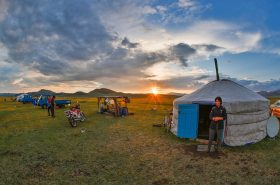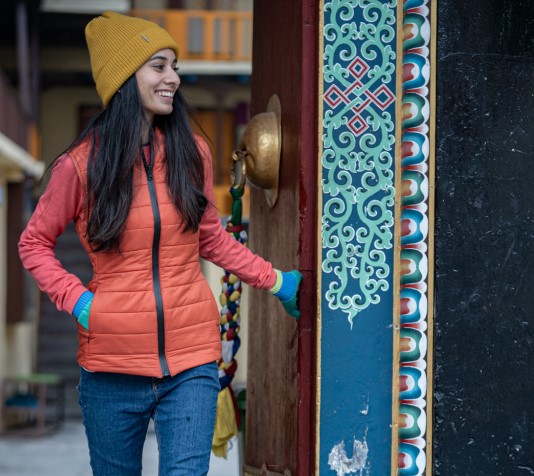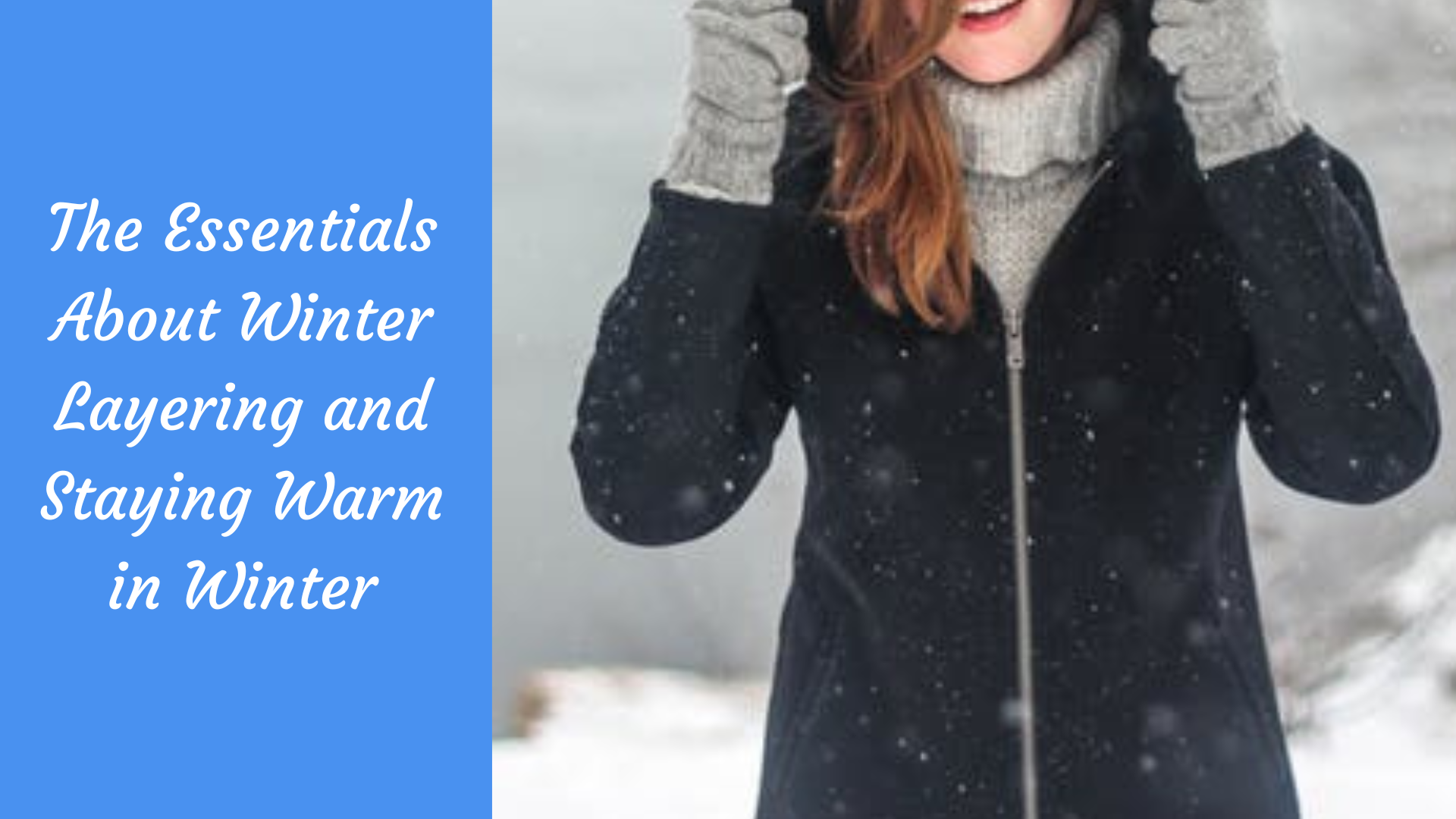
Table of Contents
The Essentials About Winter Layering and Staying Warm in Winter
When the temperatures start getting cooler, it’s time for winter layering. Winter isn’t an easy season to get past for some people. It holds true, especially if you experience constant drops in temperature.
But here’s where suitable winter wear plays a role. And for that, you must understand the concept of winter layering.
So, I have compiled a post to take you through the concept. I hope you get an idea of how to dress for the cold weather.
Whether planning a day hike or a multi-day mountaineering expedition, don’t compromise on comfort. Nobody likes to shiver in the chilly weather.
But if you don’t wear the right gear, it can happen. When you sweat in winter, you should ensure that the moisture goes away quickly. If it hangs around for a long, you will feel cold and miserable.
It has the potential to ruin your day. You can avoid this by bringing home the correct winter wear to tackle this situation.
Winter layering is at the heart of this suitable gear. You should treat it as an essential piece of information you must know about.
Concept of Layering
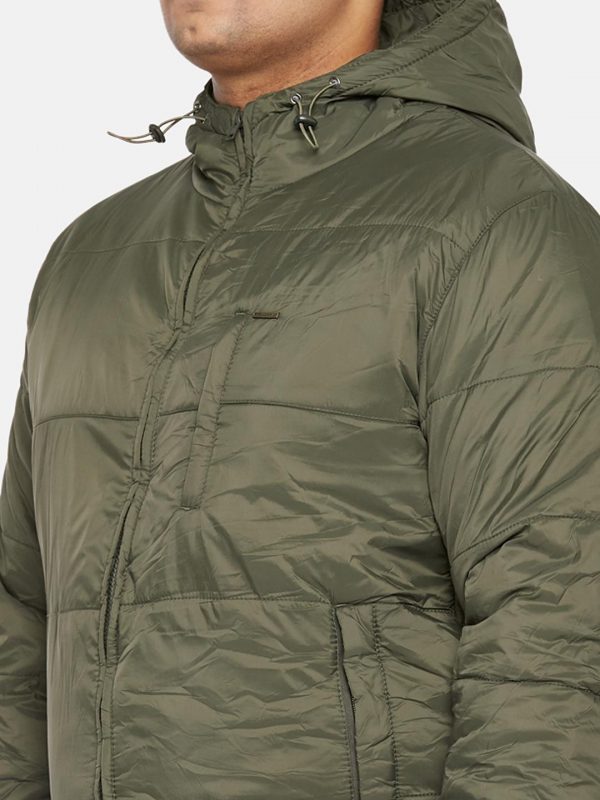
Wearing multiple layers is very crucial in a peak winter climate. But you should wear lightweight layers.
It’s way better than wearing a single bulky layer of clothing. It also allows you to adapt to varying conditions throughout the day. You can also add or remove layers according to the weather and your needs.
Winter layering will come in handy during a day hike, multi-day trekking, or a serious expedition. In each scenario, you must prepare yourself for the weather.
You can’t afford to expose your body to the strong winds and cool breeze. If you do so, prepare yourself for hypothermia, cold and frostbite. It can ruin the whole activity.
But you should also ensure that your layers don’t cause you to sweat and suffocate. Hence you should get a hand with the winter layering system when the season comes around.
Basic Tips to Learn Winter Layering
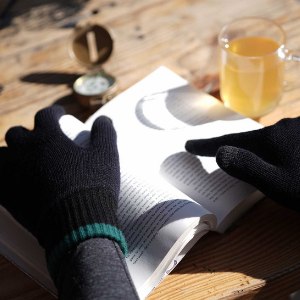
If you’re new to the winter layering concept, here are some quick tips to help you. Once you understand theses basics, you’re all set.
1. The 3 Plus 1 Layering Rule
When you layer up in winter, think of three levels. Yes, treat it this way. Your first layer is your base layer. As the name suggests, it’ll be the base of your two further layers.
Next up is the mid-layer, followed by the outermost layers. Once you’re done with the three layers, think of accessories. When you pick your layers, think of the fabrics too.
2. Thinnest To Thickest
Your winter layering system should follow a step-by-step procedure. You can start from a thin layer and gradually move to a thick layer. Ensure that the thickness doesn’t make it feel too bulky.
Your outermost layer should be longer than your previous layers. Also, it should look attractive, too, apart from being your first line of defence.
3. One Colour Theme
Colours always have a role to play when you talk about winter layering. You would want to wear appropriate as well as your favourite picks.
It’s always best to have one general colour theme throughout the outfit ensemble. For example, a dark blue cardigan with light blue jeans is suitable for winter.
But if you feel it’ll look one-dimensional, try something else. There are a few options to experiment with in the following bits.
4. Turtlenecks
Turtlenecks work wonders as a layer to your outfits in winter. They’re such versatile pieces of clothing. You can take the easier route with a turtleneck as your outermost layer.
Or you could sandwich it between a base layer and winter jacket or coat.
Turtlenecks are warm and comfy too. The design allows you to let go of scarves as well. After all, the high neck collar covers most of your neck region.
5. A Denim Jacket
Denim jackets are your fashion companions in the winter layering system. They’re an ideal fit for all your casual winter outings. You also get a denim jacket in different colours and shades,
6. A Sleeveless Sweater
Full-sleeved sweaters aren’t the only kind that exists in the winter market. You can add some variety to your wardrobe with a sleeveless sweater.
It will be a welcome change to your regular sweater layers. You’ll also look ultra-fashionable while getting the freedom to move with ease. Whether you feel too cold or suddenly overheated, a sleeveless sweater would be just perfect.
7. Popping Accessories
As I mentioned, the clothes aren’t the endpoint for your winter layering system. Accessories can always enhance your winter look along with warmth. Add a pop of colour with ysome accessories this winter.
After all, you could do with the extra layer of warmth for your extremities. So you might as well do this in style. Bring out all the beanies, scarves, gloves and mittens from the wardrobe. We’ll learn about accessories a bit in detail later on.
8. Thermals
When you need a base to your winter ensemble, think of thermals. These tops and bottoms are pretty warm, comfortable and flexible with movement.
You also get them in nice colours as options for your wardrobe. So put them on and layer over them in winter.
How to Choose a Base Layer for Winter Layering
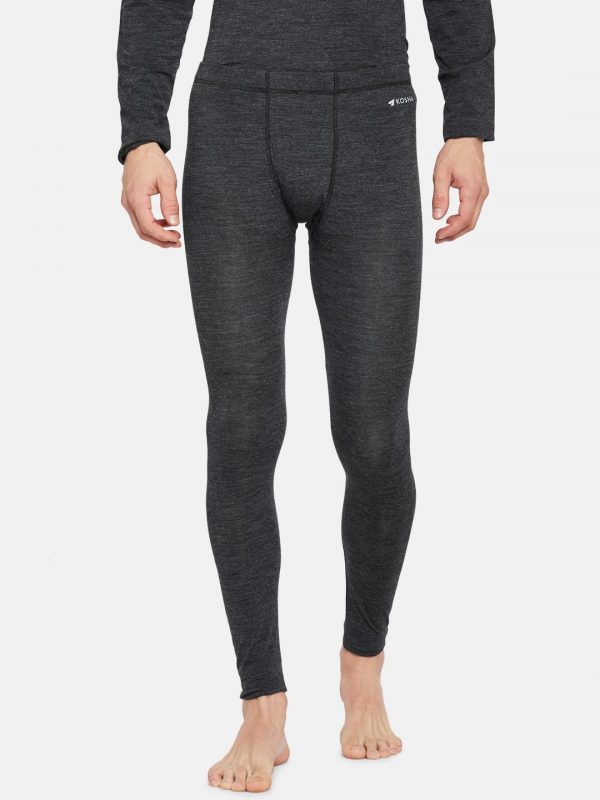
Base layers are your first layer in the winter layering system. But you must look at specific characteristics when you pick this layer.
The base layer should be thin, tight, and snug on your skin. Tight doesn’t mean too tight.
It should give you the freedom of flexibility and movement.
The base layer material must also be quick-drying. The best materials for sweat-wicking and quick-drying are:
Synthetics
Polyester is often used as a fabric for a base layer fabric in winter layering. Synthetics are pretty quick-drying materials and are among the most durable materials.
But synthetics tend to hold onto your sweat’s odour. So it may not be ideal for long hikes or backpacking trips.
Wool
Wool is among the warmest base layer materials in the winter market. It’s also great at wicking away moisture from your sweat. Unlike synthetics and silk, wool is an odour-free fabric.
Silk
Silk is a lightweight material and tends to feel great against the skin. It’s the easiest to slip under the other layers. But it’s also the least durable material.
Base layers are also available in many sizes and weights. You can classify it as lightweight, midweight, or heavyweight.
Lightweight base layers are best for moderate temperatures. Besides, midweight base layers help in cold temperatures. Finally, heavyweight base layers are ideal for subzero temperatures.
How to Choose a Mid-Layer for Winter Layering
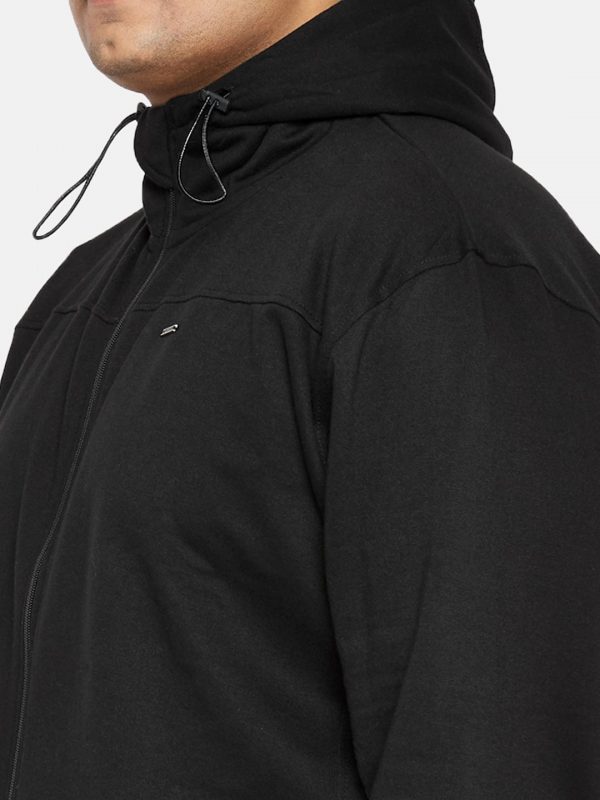
Next up, you need to find the ideal mid-layers. You can buy a mid-layer depending on your activity level. Remember that it should be easy to put on and take off. It all depends on your changing body temperature during the activity.
The mid-layer can be sweaters, zip-up jackets or puffer jackets. It depends on the outside temperatures. The ideal materials for mid-layers would be:
- Wool
As mentioned earlier, wool is an excellent insulator with moisture-wicking properties. The softest, warmest wool variety is merino wool.
- Fleece
Fleece is another useful fabric as a mid-layer. Fleece is pretty durable but tends to be more expensive than wool.
- Synthetics
Materials like polyester and nylon are also useful as mid-layers. Long-staple synthetics are heavy and hard to compress. Short-staple synthetics are lightweight and easier to compress.
How to Choose an Outer Layer for Winter Layering
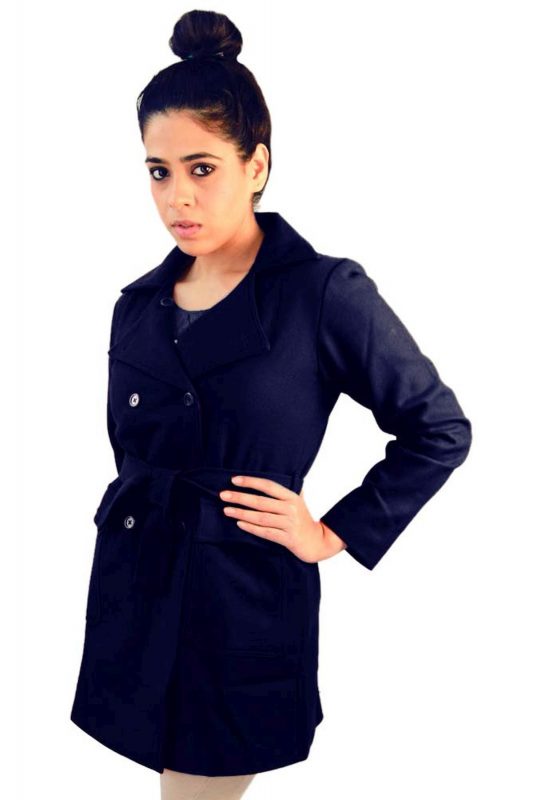
Your outermost layer should be a shield against the winter weather. You want your outwear to protect against all the winter elements. Here are some of the features you should look for:
- Waterproof
- Water Resistant
- Breathable
- Windproof
- Wind-resistant
Mistakes to Avoid While Layering
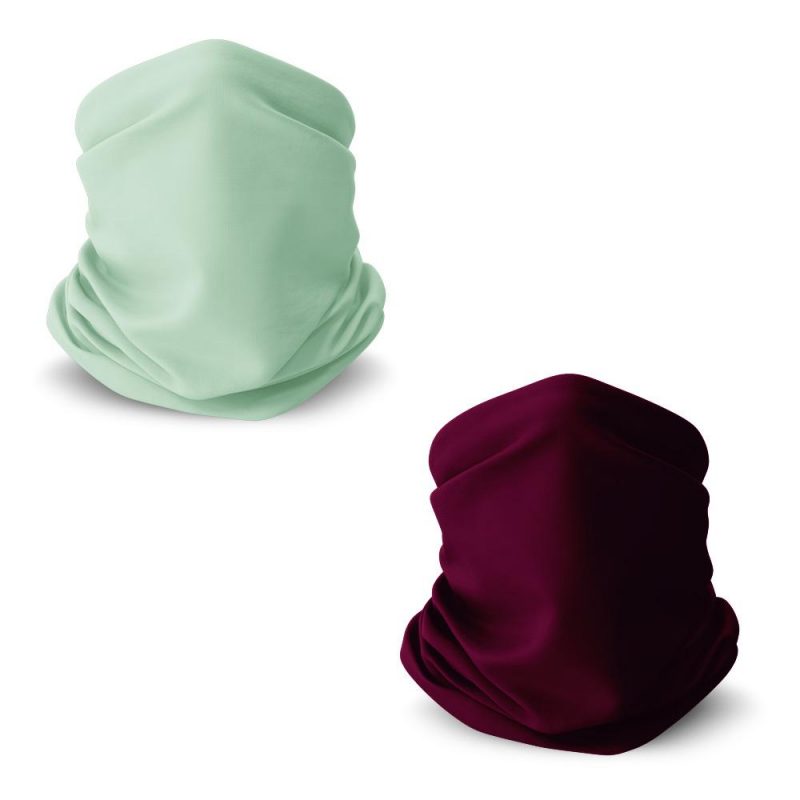
Winter layering might be an alien concept in many parts of the world. And so, when it’s necessary, mistakes are bound to happen. Hence, it’s essential to know where you go wrong in this process. It allows you to correct your errors and dress suitably next time.
So here’s a list of mistakes you could avoid while layering in winter. Have a look and see if you’ve made some of these mistakes. If yes, this can be your chance to improve.
1. Too Many Layers
The basic idea of layering involves wearing multiple clothes together. But it doesn’t mean that you overdo it. You must look at the weather and conditions you’re in. If they demand three layers with accessories, go ahead. But if they don’t, you’ll sweat with three.
As mentioned earlier, your layers should also be flexible enough to add or remove. Wearing too many layers is a common mistake people tend to make.
If you wear extra layers, you’ll start soaking your base layers with sweat. Wet clothing isn’ta positive in the winter months. You won’t feel comfortable, and you’re risking hypothermia or frostbite too. Apart from this, you could also get that cliched winter cold.
And please ensure to get rid of layers when it starts getting hot. Don’t sweat it out by waiting for a while and think you’ll be fine. It might be too late for you by then.
2. Wearing Cotton
Cotton isn’t a great choice when you’re layering close to the skin. It absorbs moisture and isn’t a quick drier, either.
You could layer up with synthetic or merino wool base layers. You’ll stay warm and dry together with comfort as well.
3. Forgetting Face and Neck Gaiters
You’ve covered your entire body but forgot to add a layer to your face. Well, you shouldn’t make this mistake when it’s super cold outside.
You can manage with a balaclava, goggles and a neck gaiter while skiing on cold days. Don’t overlook this area.
You might regret it later. And neck gaiters are a real saving grace in extreme winter weather.
4. Big, Heavy Jackets
Winter jackets play a massive role in the winter layering system. But you must check out the weight of your jacket. You can assess this with a few trials while shopping.
If you’re wearing a bulky jacket over a light t-shirt, you’re compromising on flexibility and movement. The jacket’s bulkiness can also cause your body to overheat. And, as I said, go for multiple suitable layers instead of one heavy and bulky layer.
5. Non-Waterproof Footwear
Your footwear is as essential as the rest of your winter clothing. So please don’t forget about your feet’s safety. The perfect layering system keeps your body’s core parts warm.
Wet feet can ruin your day and cause discomfort until you’re out. Wear waterproof boots and gaiters to keep your feet dry in snowy conditions.
You should also invest in a few woollen socks for your winter wardrobe. Merino wool socks can do an excellent job for your feet’s warmth, comfort, and safety.
Cotton socks can ruin your day if they get wet. It’ll also affect your boots and cause your feet to get cold and wet. One excellent and warm pair of wool socks will be enough for your waterproof boots.
Ways to Stay Warm Other Than Winter Layering
Yes, winter layering is very crucial during the winter season. But there are many other simple ways to stay warm in winter too. Here are some of those methods to help you during the cold months:
Consume some hot food and drinks. Everyone loves a hot and tasty soup in winter. It helps in keeping your body warm.
Aim to eat at least one hot meal a day. It should contain a good amount of carbs. Pair your meal with a hot drink or coffee to feel nice and toasty.
Stay cozy under blankets if you want to relax. Find a fleece or wool blanket to cozy up in your free time. When you’re sleeping, keep the blanket on top of your sheets. It helps to add some extra warmth.
You should also keep hand and foot warmers nearby in winter. These warmers are single-use packages that generate heat. They generate heat when they’re exposed to air.
Avoid staying out for long periods. If you feel cold, avoid going outside unless you have to.
If you go outside, don’t spend much time outdoors. And if you are going out, winter layering is a must.
If you’re playing or working outside, check the weather conditions. If the weather is below freezing, take breaks at regular intervals.
Move around and stay active at all times. When you feel it’s getting cold. Move around a bit. It could be at home or while you’re outside. It will keep your body temperature in check and keep you warm. Always walk at a comfortable pace so that you don’t sweat. You might start feeling colder.
Conclusion
Now you must’ve got an idea of the value of winter layering. You must be aware of this concept when you enter testing winter conditions.
I hope this guide helped enhance your knowledge of winter learning.
This post was written by Kosha team member – Shawn Mathias
